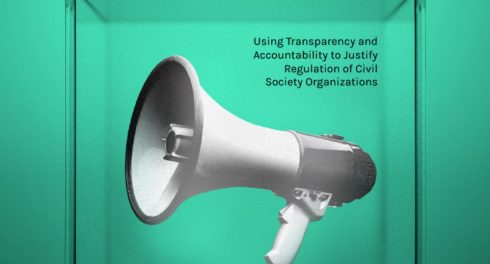Rants, Err, Reflections on Running Productive Meetings

The IMF and World Bank hosted their Spring Meetings in Washington D.C. over the weekend, providing the excuse for a flurry of events, both those part of the formal program and many, many more organized on the sidelines. It makes sense to take advantage of everyone being in town – Ministers of Finance, academics, a host of donors and IFIs, civil society groups, and a few private sector. We can all benefit from learning from each other. And yet, every year, the potential value is undercut by poor design of these interactions. Why doesn’t the development community do a better job of dialogue?
On my personal hit list:
- No more formal welcome remarks – We know who is hosting, we don’t need a senior figure with zero connection to the planning of the event to read prepared remarks that say nothing substantive. Save those precious minutes for conversation. We can happily credit the host organization in our tweets as compensation.
- Overloaded panels – Please don’t have more than 2 or 3 people lined up to contribute. We know the temptation to overload panels (and I’m guilty of it myself). Offering a role convinces a “name” to come. It is hard to say no to a speaking request when that institutional relationship is important. And yet, the typical result is that you end up undermining your own event and frustrating those speaking. Every session I attended this past week had way too many speakers who ended up rushing through their talking points and apologizing for running over.
- Moderators who don’t moderate – It is tempting to move someone you need to invite into the moderator role to save a slot for another speaker. Yet this means you end up with someone who either takes advantage to become another speaker in practice or remains simply a glorified timekeeper. Effective moderation can make all the difference – creating threads, pushing past the rote lines, forcing specificity over generalities. Better to invest in someone who can do it well and is empowered to do so.
- Don’t keep up the pretense of audience participation – Again, for each session I was at, the agenda included “discussion” or “Q&A” slots. In practice, these got squeezed (see #2) to the point that you only heard from those 1 or 2 lurkers who sit ready to pounce to advertise their own project/organization, often with very tenuous points of connection to the theme at hand.
In sum, why not shake up the formats? These need not be models such as world café or solutions rooms, but as simple as an in-depth interview with one person with an interesting story or insight. Why not encourage genuine discussion? Have someone offer 2 to 3 minutes of framing and questions (and only that), then open it up for free-flowing conversation. One host organization assembled a truly amazing brain trust for a lunchtime event last week (a testament to their impressive network and convening power) but was so overly ambitious in design that there was zero chance for those in the room to ask a single question of each other or truly discuss anything. That felt like a huge wasted opportunity.
One bright spot this year – there did appear to be more women speaking, not just one female expert per session. Getting beyond “manels” (male-only panels) is a good step. However, perhaps it’s time to halt panels full stop.


